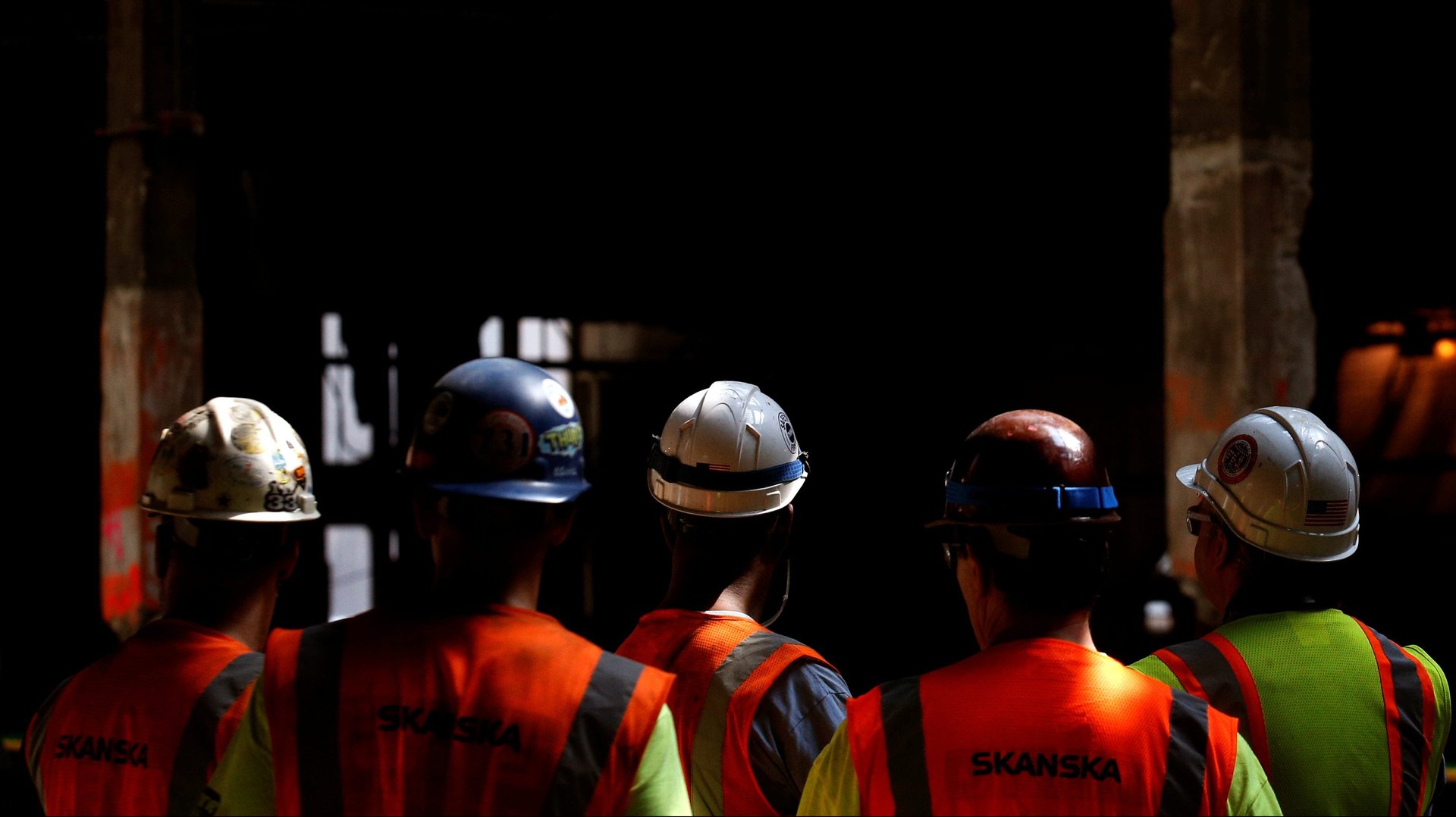Can the construction sector create people-first work cultures?
With US president Joe Biden’s latest infrastructure package slated to inject $1.2 trillion into critical development projects, America’s construction industry is facing a huge inflection point—and an acute hiring challenge.


With US president Joe Biden’s latest infrastructure package slated to inject $1.2 trillion into critical development projects, America’s construction industry is facing a huge inflection point—and an acute hiring challenge.
Recent research found that the industry will need to attract nearly 1 million new workers to keep up with an influx of funding and crucial projects—and time is ticking with one in four US construction workers already on track to retire by 2031.
While these projections have reason to give the industry pause, they also indicate a big opportunity for the sector, and others like it facing similar challenges, to rebrand as a talent driver and attract more graduates. But this evolution cannot happen without changes in the industry’s work culture.
Changing a decades-long stigma
Unfortunately, there is a certain perception of the construction profession that has no doubt been one of the driving forces behind its current labor shortage. When new graduates are evaluating their potential career options in this industry, they might imagine long workdays on large worksites or rudimentary manual labor cloaked in a layer of dirt. This vision has clearly not succeeded in convincing enough young people to pursue these jobs after graduation.
However, this view of the industry couldn’t be further from the truth. Not only is the demand for highly skilled workers incredibly strong (we know of excavator operators being flown across the country for their expertise), but the new generation of construction leaders has been immensely open to adopting the latest tech innovations to transform worksites, improve workflows, and maximize productivity—especially now, given the challenges they’ve had regarding the staggering labor shortage.
With fresh perspectives coming in and the previous, more tech-reluctant generation of contractors starting to retire, recent graduates simply shouldn’t bet against the industry’s capacity to undergo a dramatic operational shift in the next few years, at firms of all sizes. Educating upcoming talent and dismantling these outdated stigmas will be half the battle, but there’s still work to be done by decision-makers to retain their current employees and truly push construction’s work culture into the future.
Adopting a people-first culture
If the construction industry truly wants to set itself up for success ahead of what could be its busiest season in decades, it needs to take notes from other fast-growing industries and focus on the people behind their projects, both big and small. But what does adopting a people-first culture look like exactly?
Evaluate (and then dismantle) traditional hierarchies. Typically, organizations flow from the top down, with leaders making unilateral decisions and delegating work to their troops at the bottom. But with a people-first approach, companies turn this model on its head and place individual workers at the top of the hierarchy. Since these are the people who have their hand in the day-to-day work, their needs are prioritized, while managers are focused on un-bottlenecking any roadblocks and making sure their direct reports feel supported on each project every step of the way.
Invest in your employees and get to know them on an individual level. The investment starts with seeing your workers as full human beings, and truly caring about their holistic well-being, both in and out of the office. Investing in your employees might look slightly different depending on their individual needs. It might mean being a champion for diversity and inclusion initiatives, accommodating remote work requests, offering robust healthcare and retirement plans, or laying out a clear path for career advancement. With the norms for construction shifting from hiring for one-off projects to building robust, long-term teams, there should be plenty of opportunity for construction company owners and managers to get to know their employees.
Lean on technology for workforce support. A people-first culture should of course foreground the humans behind the projects, but adopting the latest technologies is also important, as it will make their lives easier while also supporting recruitment of new, tech-savvy graduates. Ultimately, decision-makers in the construction industry, and similar sectors, need to ask themselves how new innovations can provide the missing technical support for their employees and help bridge the gap between trained specialists and broader worksite teams.
The time is now
Of course, these work culture shifts are not going to happen overnight. It’s going to take constant education and outreach toward upcoming talent, and a gradual transformation to a people-first approach. But the time has never been more right to press “go” on these initiatives.
Personally, I’ve always been fascinated by machines and loved spending time outdoors, but like many, I was not properly introduced to the variety of career paths in construction early in my career. It’s not too late for the new generation of talented graduates to discover their options. Our economy’s core industries need their fresh perspectives now more than ever.